This is how to remove wine stains effortlessly according to an expert
Red, white or rosé - wine stains can be a nightmare when they happen but they can be easily removed
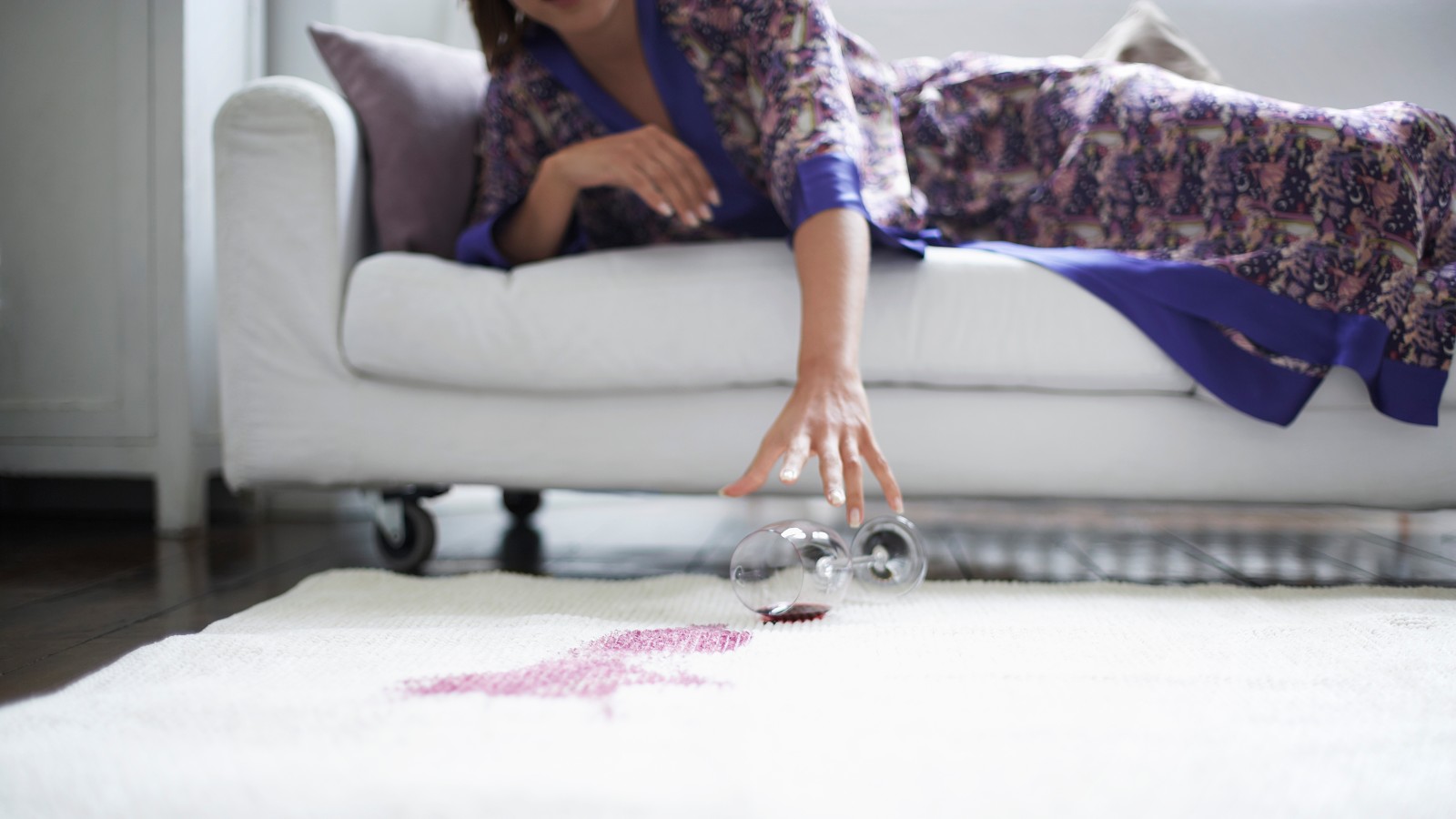

With more of us spending more time than ever at home over the last 12 months as the world health pandemic took hold, it comes as no surprise that we've all been getting things dirty - and it's not just those who have been juggling work with homeschooling and parenting.
As we all adopt various lifestyle changes, whether it's starting a family, getting a new pet, or caring for a loved one, there's been an increase in the chances of us causing a household stain on your best jeans - from food and drink to DIY and mud stains from the great outdoors and everything in between.
As government guidelines instructed the closure of hospitality in countries such as the UK, more people opted to drink alcohol in their homes. And with a 334.46% uplift in the search term wine stain, it looks like we all could do with some help after accidentally spilling our beverages.
But experts at Heating Wise have given us the low-down on how to lift wine stains AND the most Googled stains effortlessly using homemade concoctions, so you can put your feet up quicker...
Wine stain removal
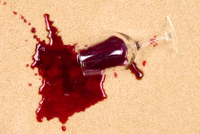
To lift a wine stain from fabric, it is important to act fast. Firstly, blot the stain with a cloth to remove the access liquid.
Mix 4 tablespoons of washing up liquid with 4 tablespoons of hydrogen peroxide (available in all good chemists/pharmacies).
Pour the mixture over the stain and spread the concoction evenly. You will notice that the stain will begin to fade immediately.
After 3 minutes, remove the mixture with a damp cloth. It is essential to note that hydrogen peroxide can act as a bleach. Therefore, only use on lighter fabrics.
How to get rid of a pet stain
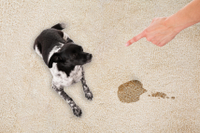
Many households already have a pet or brought a new one into their homes. Training any pet can be problematic, and ‘urine accidents’, are somewhat unavoidable.
Not only are pet stains stubborn, but it is also crucial that their scent is removed to prevent the animal from returning to the same spot and urinating again.
To remove the stain, mix one pint of warm water, a teaspoon of washing up liquid, and one tablespoon of white wine vinegar.
Continually blot the stain with the mixture, using a warm damp cloth. The practice may need to be repeated several times until the stain is removed.
Coffee stain
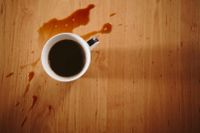
Coffee stains are a home occupiers’ nightmare as the substance is incredibly pigmented.
To remove coffee stains dilute white wine vinegar in warm water. Pour a thin layer over the spillage. Take a toothbrush and scrub the stain. This will work to penetrate the stain at an internal level. Lift the stain with a warm damp cloth. If a trace of the stain remains, add more white wine vinegar to the mix.
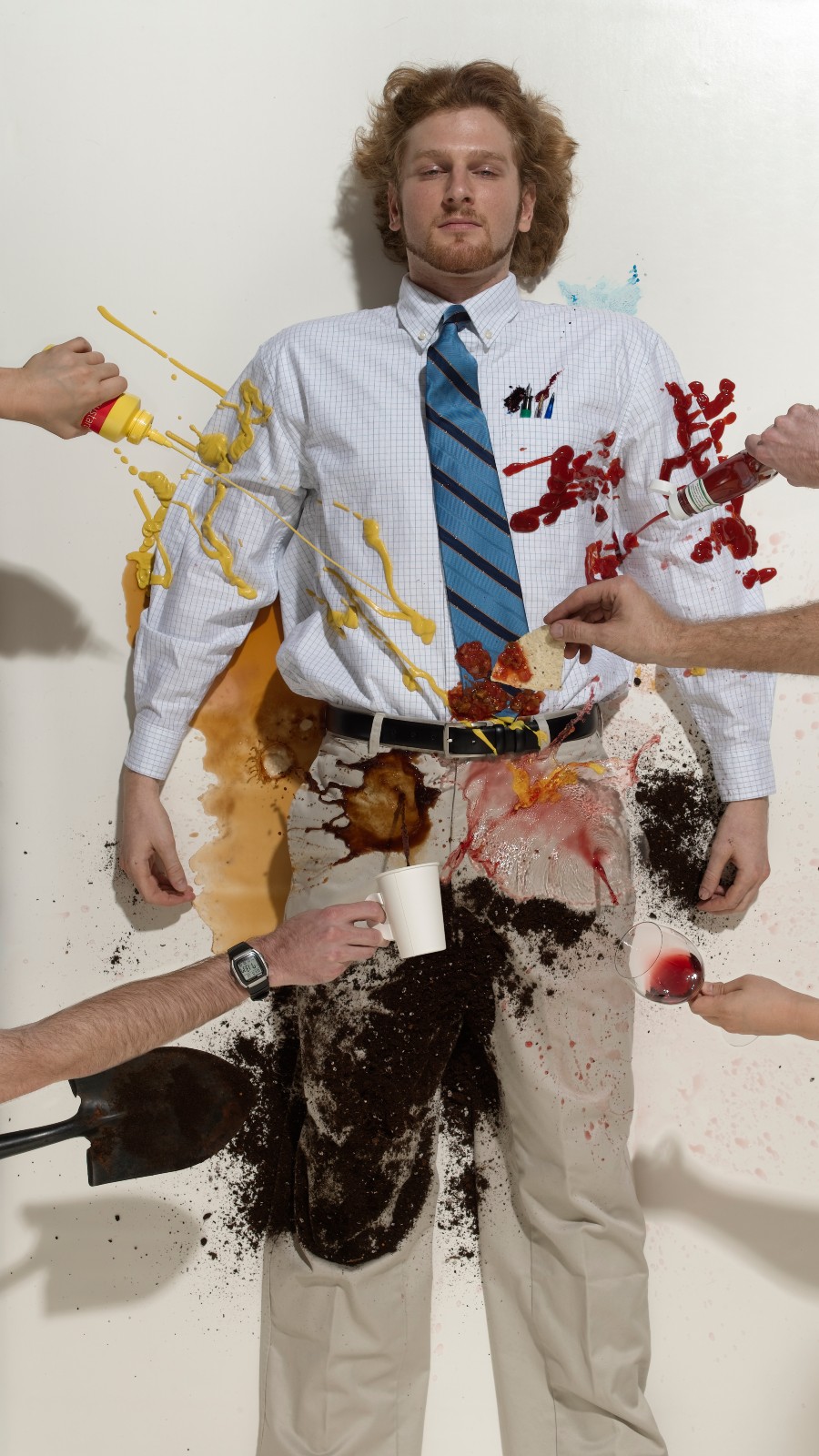
Painting stain
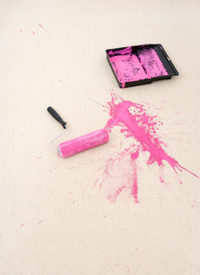
A combination of homeschooling, new hobbies, and house renovations has seen us all paint on various surfaces throughout the home at some time in our lives. It can be a shock to notice spillages/splatters in certain areas however, there is no need to panic.
Remove any excess liquid from the surface. As hard as it may be, wait for the paint to dry. With a butter knife, scrape the paint away from the surface. As the paint is completely dry, soak with a thin layer of warm water. Scrub the area with a stiff brush. The paint is likely to come off in large chunks, so keep the vacuum cleaner handy.
Baking stain
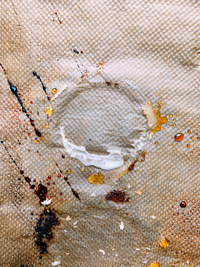
It is a skill that passes the time, is family-friendly, and cost-effective. Its rise is not without its challenges as it can be a messy hobby and stain everyday kitchen tools! Baking sheets are multipurpose and their stains can be problematic.
Firstly, clean the tray by hand using washing up liquid. Dry as normal. Cover the stain with a thin layer of baking soda. Leave for five minutes. Add a couple of teaspoons of water to the baking soda until the powder evolves into a paste. The paste should be thick in consistency. Leave the paste on the stain for 20 minutes and wash off as normal. Ensure that the sponge has a rough and smooth side as it is likely that you will need to use both.
Mud stain
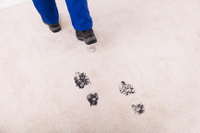
Long walks have become the norm and can be a great way to obtain some new scenery. Spring forest walks can lift mood and serve as a great way to exercise. However, bringing forth mud stains into the home can be problematic.
Mud is far easier to clean when dry, so patience is key. Vacuum the area slowly, holding the nozzle in one place five seconds at a time. Aggressive vacuuming will lead to rubbing mud into the fabric’s fibre, making it harder to remove.
Once the excess mud has been removed, use warm soapy water to scrub the stain. Keep in mind that lots of water will lead to the mud becoming so wet that it may be harder to remove. Therefore, add a little water over time, as and when it is needed.
Sofa stain
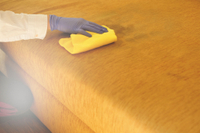
Netflix binges, working from home and the casual nap has seen us use our sofas more than ever. Staining a sofa can be the stuff of nightmares as they can be so evident.
A teaspoon of washing up liquid, baking soda, and white wine vinegar mixed into half a pint of warm water will not only remove the most stubborn of fabric stains but ensure that there is no color loss in the sofa. Gently rub the stain until the stain is removed. Use a hairdryer to dry the area so that the sofa can be used again straight away.
Juice stain
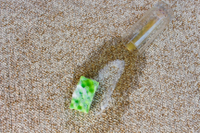
As children and adults spend more time indoors, the likelihood of stubborn stains is high.
Lemon juice is naturally acidic, making it great for stain removal. Squeeze lemon juice across the stain and leave for 10 minutes. You will begin to see the stain lift instantly. Remove with warm soapy water.
Scuff marks
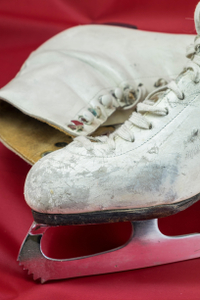
Scuff marks can suddenly appear within the home in a matter of seconds. Either on walls or on shoes. Their removal can be problematic if a simple damp cloth does not work.
To remove scuff marks, mix a small amount of sodium tetraborate, one teaspoon of ammonia, and a small amount of washing up liquid together. Using a soft cloth, use the mixture to remove the marks, gradually increasing the pressure.
Oil stain
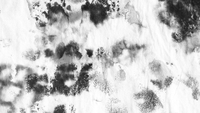
Oil stains are arguably one of the most stubborn stains to remove.
But actually, Oil stains are in fact fairly easy to remove, you just have to be patient. Remove access liquid with a paper towel. Apply a thick layer of baking soda to the area and leave for 12 hours. Post 12 hours vacuum the baking soda. Apply white wine vinegar and water to the area and leave for 10 minutes. Remove with a warm damp cloth. Repeat the use of white wine vinegar until the stain is removed.
Sign up for the woman&home newsletter
Sign up to our free daily email for the latest royal and entertainment news, interesting opinion, expert advice on styling and beauty trends, and no-nonsense guides to the health and wellness questions you want answered.
Selina is a Senior Entertainment Writer with more than 16 years of experience in newspapers and magazines. She has covered all things Entertainment for GoodtoKnow, Woman&Home and My Imperfect Life. She has also worked as Senior Family Writer for GoodtoKnow. Before joining Future Publishing, Selina graduated from the University of Sheffield in 2006 with a degree in Journalism. She is fully NCTJ and NCE qualified and has 100wpm shorthand.
-
 We're in awe of Sienna Miller's easy-going and 'piece-y' hairstyle and how perfect it is for spring
We're in awe of Sienna Miller's easy-going and 'piece-y' hairstyle and how perfect it is for springThis laid-back hairstyle is - quite literally - making waves this season
By Naomi Jamieson
-
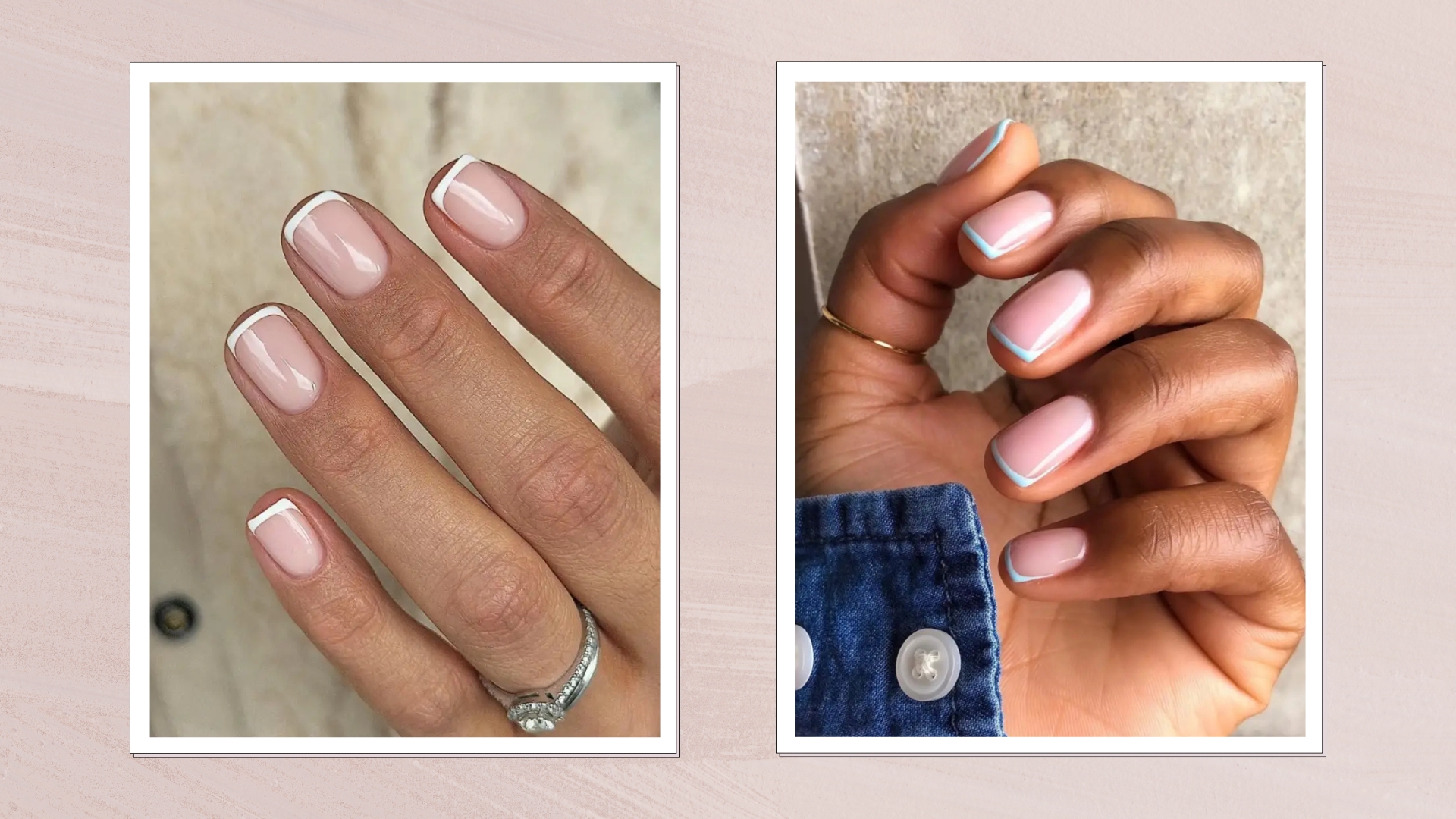 We never thought we'd see this 'dated' manicure make a chic comeback, but here it is - and we're on board
We never thought we'd see this 'dated' manicure make a chic comeback, but here it is - and we're on boardClean and angular, short square French tips are a go-to this season for a practical but stylish manicure...
By Naomi Jamieson